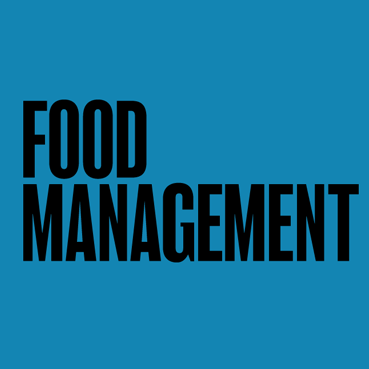SNA: Should School Lunch Be Branded?
February 1, 2007
FM Staff
WHERE WE ARE. Bob Eadie, chief of policy and program development for the USDA offers SNA attendees an update on policies affecting the school market, reviewing national food consumption patterns and new recommendations USDA is making for daily food nutrient needs. |
Should school lunch become a brand? That was the provocative question asked by Staff Vice President of Marketing Jennifer Lewi of the School Nutrition Association (SNA) during her presentation at the recent Child Nutrition Industry Conference in Tucson.
Lewi had been presenting the results of the latest SNA survey of school nutrition operators when she brought up the idea in the context of a national school nutrition website where the public could get comprehensive information about school meals. "If we decided to develop a brand, this public awareness website could be connected to that brand," she suggested.
Lewi was careful to note that the idea was being floated for membership comment and remained only an idea at this point, but offered several reason for why a brand might be useful. It would help differentiate school meal programs from lunches brought from offsite and would help dispel the negative perceptions of school lunches that some parents still harbor from their own school days.
Feedback from the SNA members in attendance was wide-ranging, with some conference attendees saying a national brand and brand support materials would be useful, especially for districts that do not have the resources to develop their own branded programs.
Others pointed out that districts which had already made significant investments in local branded programs might run into some brand confusion.
Still others were cautious, noting that mounting a successful brand campaign would have to entail some system for ensuring minimum program quality standards, since a brand program could be compromised if there were significant quality divergences among districts.
Lewi said the ultimate goal of the program would be to drive more sales. Citing the SNA survey, she noted that more than a third of the school nutrition "trendsetters" reported already having brands and that they tended to have a positive impact on student perceptions and the cafeteria experience.
Most had a nutrition or energy focus (e.g., "Energy Zone"), an education reference (e.g., "Food For Thought Cafe"), a general description ("Cafe Commons") or a play on the school or school mascot name, she said. The brands were most commonly used on menus, websites, signs and employee uniforms.
About the Author
You May Also Like






